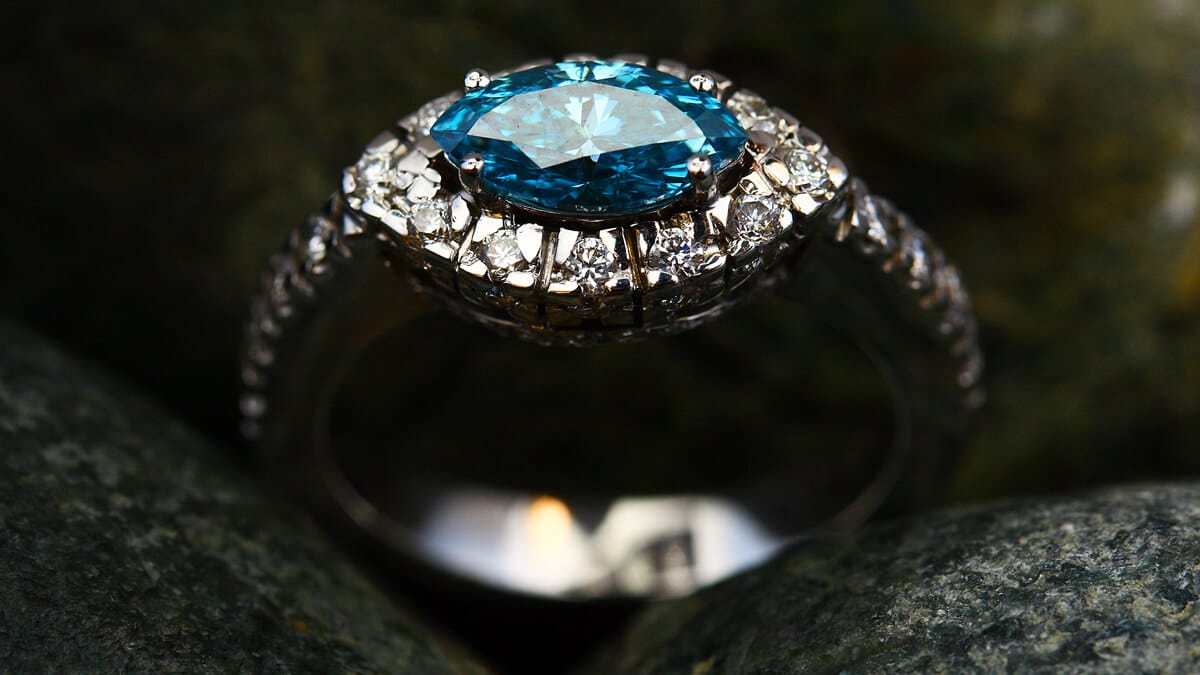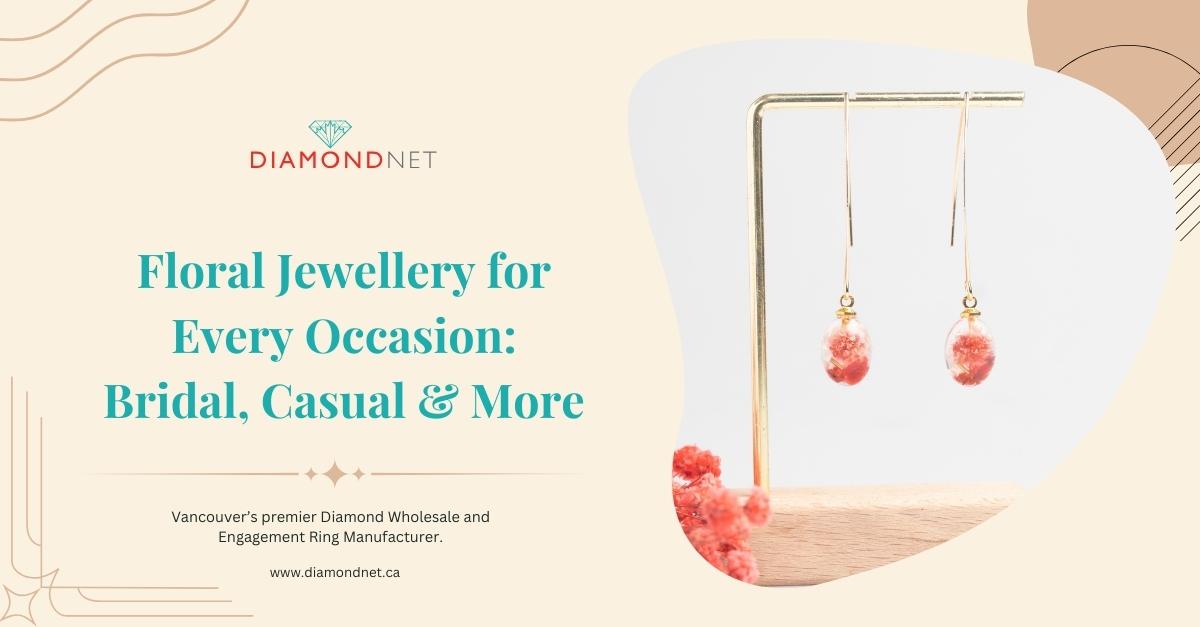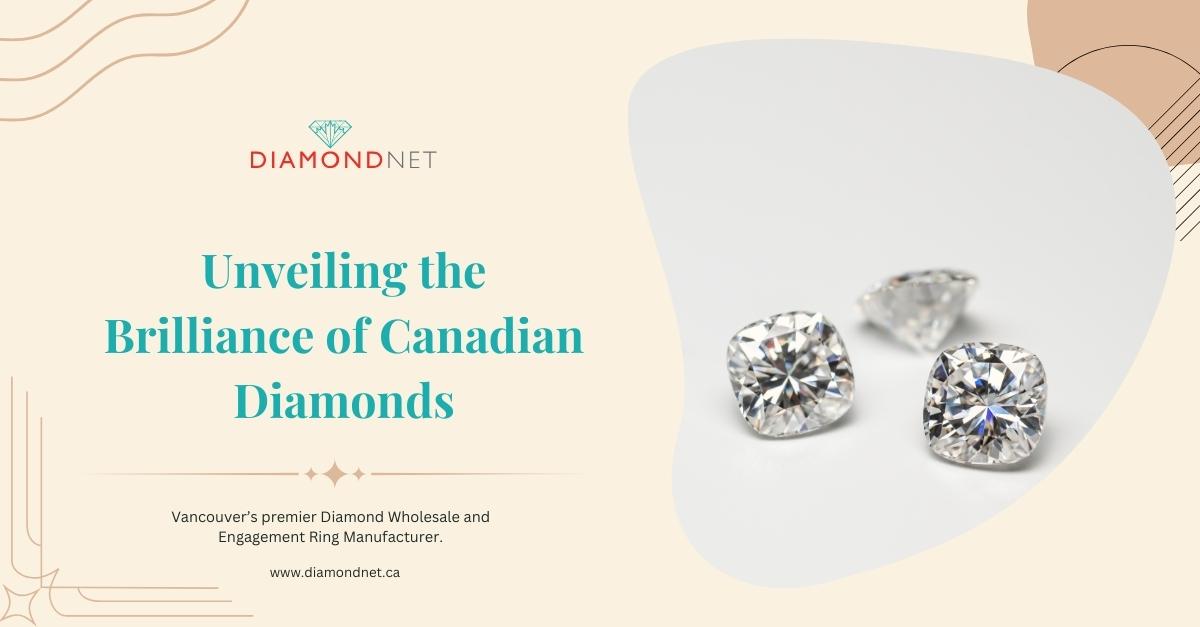You love her—she’s the bees knees—and now it’s time to pick a diamond. Where on earth to begin?
Most often, when someone thinks diamond, a classic white cut is what comes to mind. For good reason—classic is classy. But the choice does not have to be limited to a small spectrum of gemstones.
General Information About Colored Diamonds
When referring to these white diamonds, it is important to remember these stones are not really ‘white’. White diamonds are stones which lack color. A small tinge of color is almost always present. Completely colorless diamonds are rare, and more valuable as a result.
Assessing the value of a diamond depends on a number of factors. We’ve all heard mention of the 4C’s and color gradient scaling. D is the rating for a colorless stone, on wards to Z, which offers a more yellowish tinge. Beyond this baseline color differential, things start to get really wild.
Diamonds can come in a range of shades, from low-key browns to super rare reds, pinks, blues and greens. Because these colorful stones are less common in nature, they are priced higher than white (colourless) diamonds. And a value system exists within these color palettes as well, also dependent on availability. Like most things in life, rarity equals value. One of the most popular and bold diamond trends is the black diamond. Thank you Carrie Bradshaw! Black diamonds have a unique and distinct look that really sets them apart.
Geological and Chemical Factors of Colored Diamonds
So, how do they colors come to be? Colored diamonds are the result of chemical reactions underground during the lengthy diamond formation process. Stresses within the Earth cause different carbon arrangements to take place. It is these varying geological and chemical factors that decide things like hue, color, and intensity. Some labeling terms used to describe color include: faint, very light, fancy light, fancy intense, or fancy vivid. In 100.000 diamonds, often only one will have such a rare color — anywhere between “faint” and “vivid”.
Which Colored Diamond Suits Your Ring the Best?
If you do decide to hop aboard the colored diamond train, remember that choosing a colored diamond may affect the setting. Yellow diamonds are impressive in yellow gold engagement ring, while pink diamonds shine their best in rose gold. Black diamonds go very well with white, so consider platinum, white gold, or silver as a metal. To see latest deigns on diamond engagement rings including colorless and colorful diamonds, you can visit DimondNet website or their office in Vancouver.



